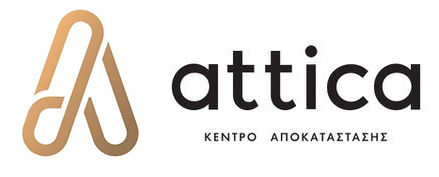As a science-based practice, physical therapy is an essential part of the rehabilitation of patients with movement impairments that are caused by neurological, musculoskeletal or heart conditions among others. The aim of physical therapy is to improve the patient’s ability to move and function so that they can successfully return to their social and professional environment.
In Attica Recovery & Rehabilitation Center, physical therapy treatments are based on three pillars: specialization, individuality and a holistic approach. This means that each course of treatment is designed by the Physical Therapy Physician taking an integrative approach based on the patient’s individual needs, and is followed by a team of specialized Physical Therapists to ensure optimal results.
Our specialized Physical Therapists focus on:
• Managing pain and spasticity
• Enhancing range of motion and strengthening the muscles
• Improving posture and balance
• Retraining patients to walk
• Functional ability of the patient.
Specialied Treatments
- Manual Therapy: specialized manual treatment techniques that mobilize bones, neuron and muscle tissue. The course of treatment aims to not only alleviate the symptoms, but also to restore functionality by addressing the underlying cause.
- Bobath (Neurodevelopmental Treatment): a specialized approach used to rehabilitate patients of all ages who suffer from motion and functionality challenges, or postural control issues caused by conditions of the central nervous system. The technique aims to normalize muscle tone, discourage pathological motor patterns and improve posture by joint manipulation and active participation that activates sensorimotor processing, task performance and skill acquisition to enable participation in meaningful activities.

- P.N.F. (Proprioceptive Neuromuscular Facilitation): a set of stretching techniques used to restore range of motion on joints and improve elasticity of the muscles. It is proven that PNF has a positive effect on passive and active range of motion, and can significantly improve muscle tone, movement coordination, balance and walking. PNF activates the autogenic sensory pathways of the muscles and tendons in order to improve neuromuscular control and coordination.
- Mc Kenzie Method of Mechanical Diagnosis and Therapy® (MDT): a complete method of assessment and treatment of musculoskeletal conditions of the spine and peripheral joints that cause chronic or acute pain. Each patient is given a set of specific mechanical exercises including repeated movements and sustained postures with the ultimate goal to provide them with the necessary knowledge and tools to treat themselves and maintain positive results on the long-run.
- Mulligan Manual Therapy: a manual therapy technique based on the concurrent manipulation of a joint by the therapist and an active movement by the patient (Mobilization With Movement-MWMS) to restore function and alleviate pain.






